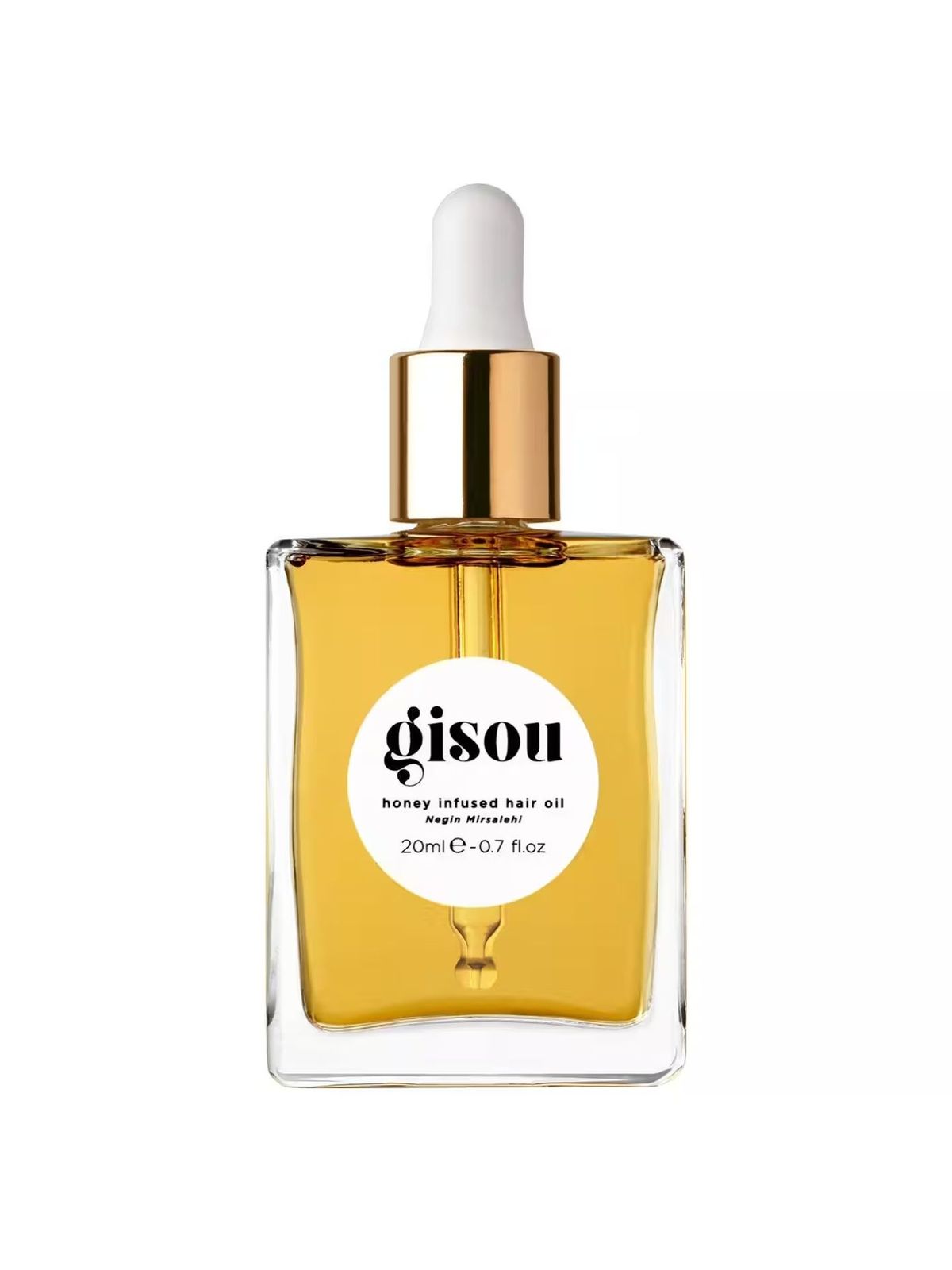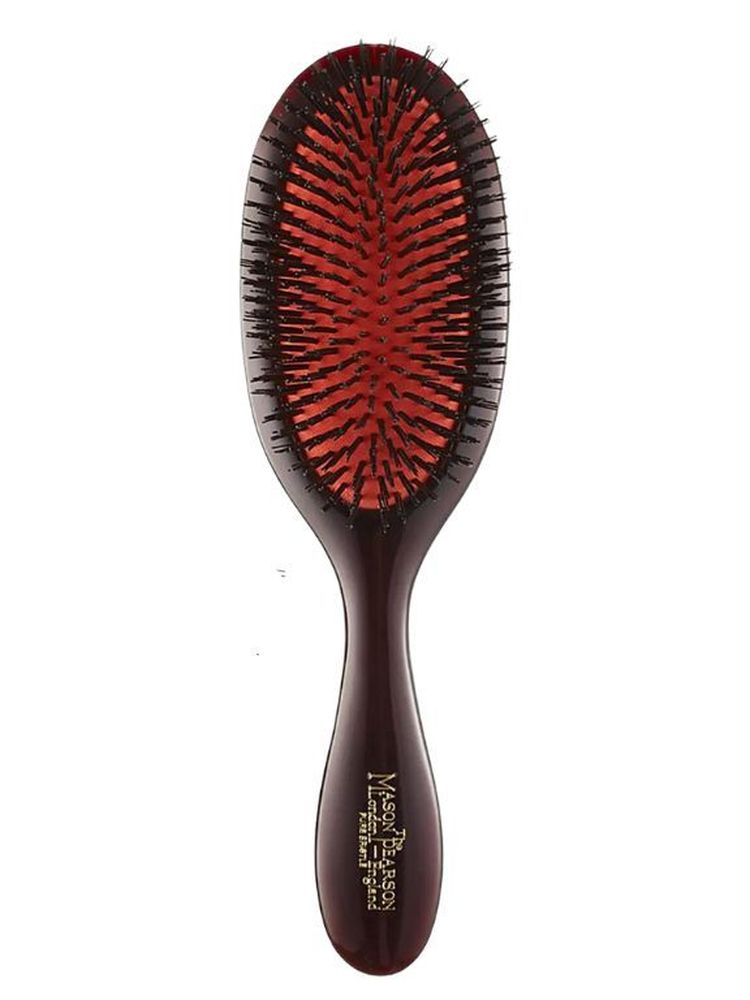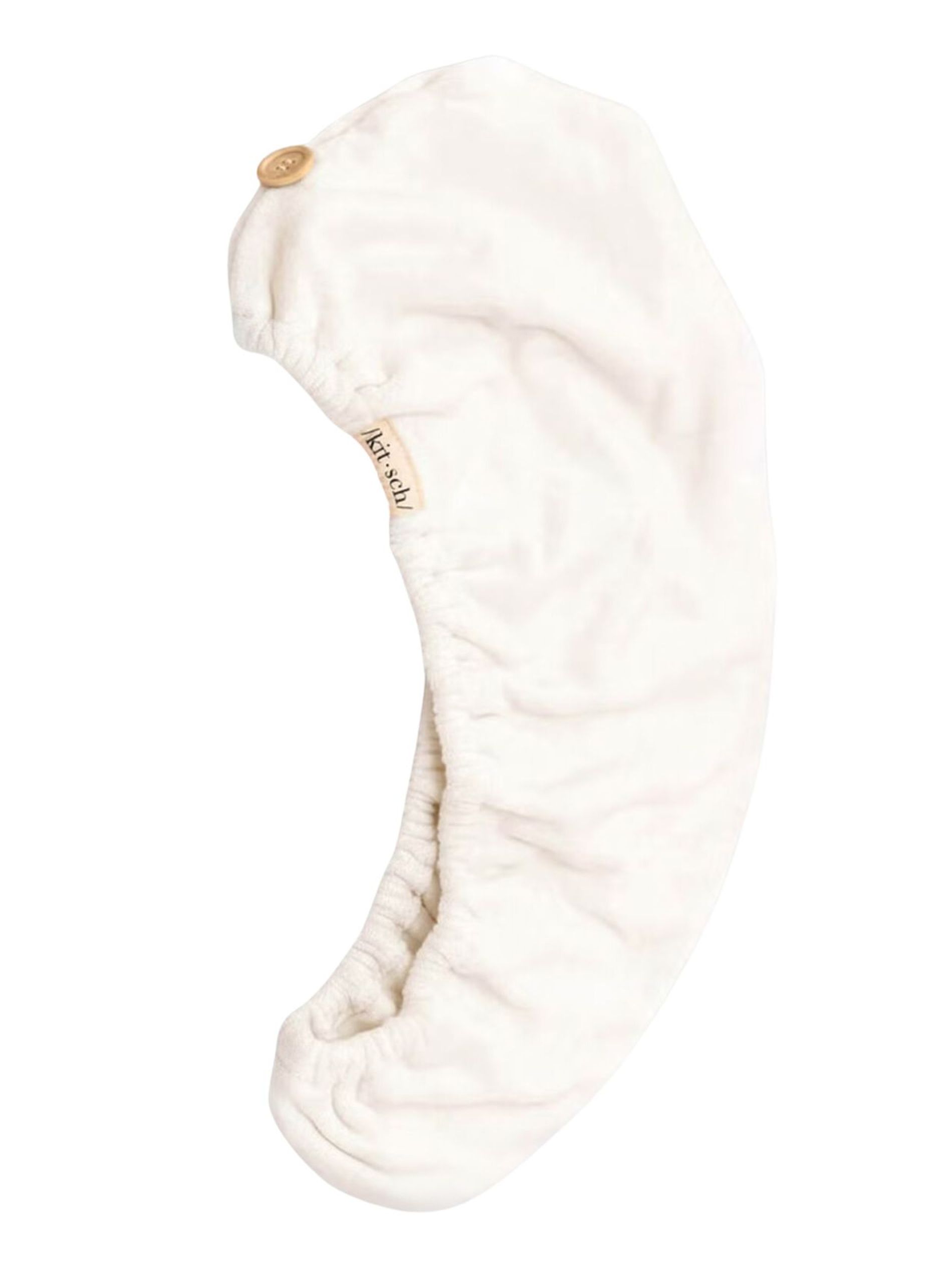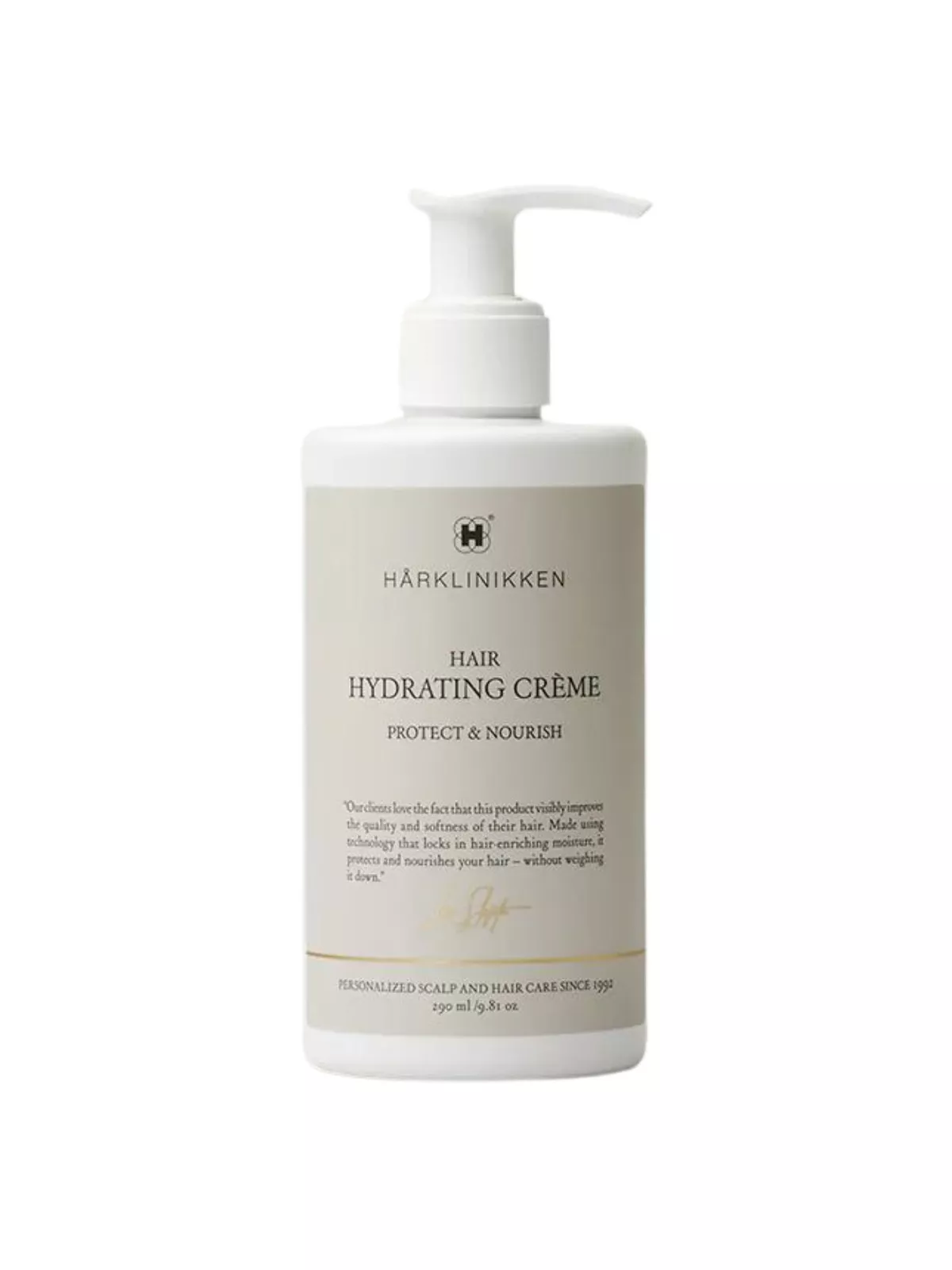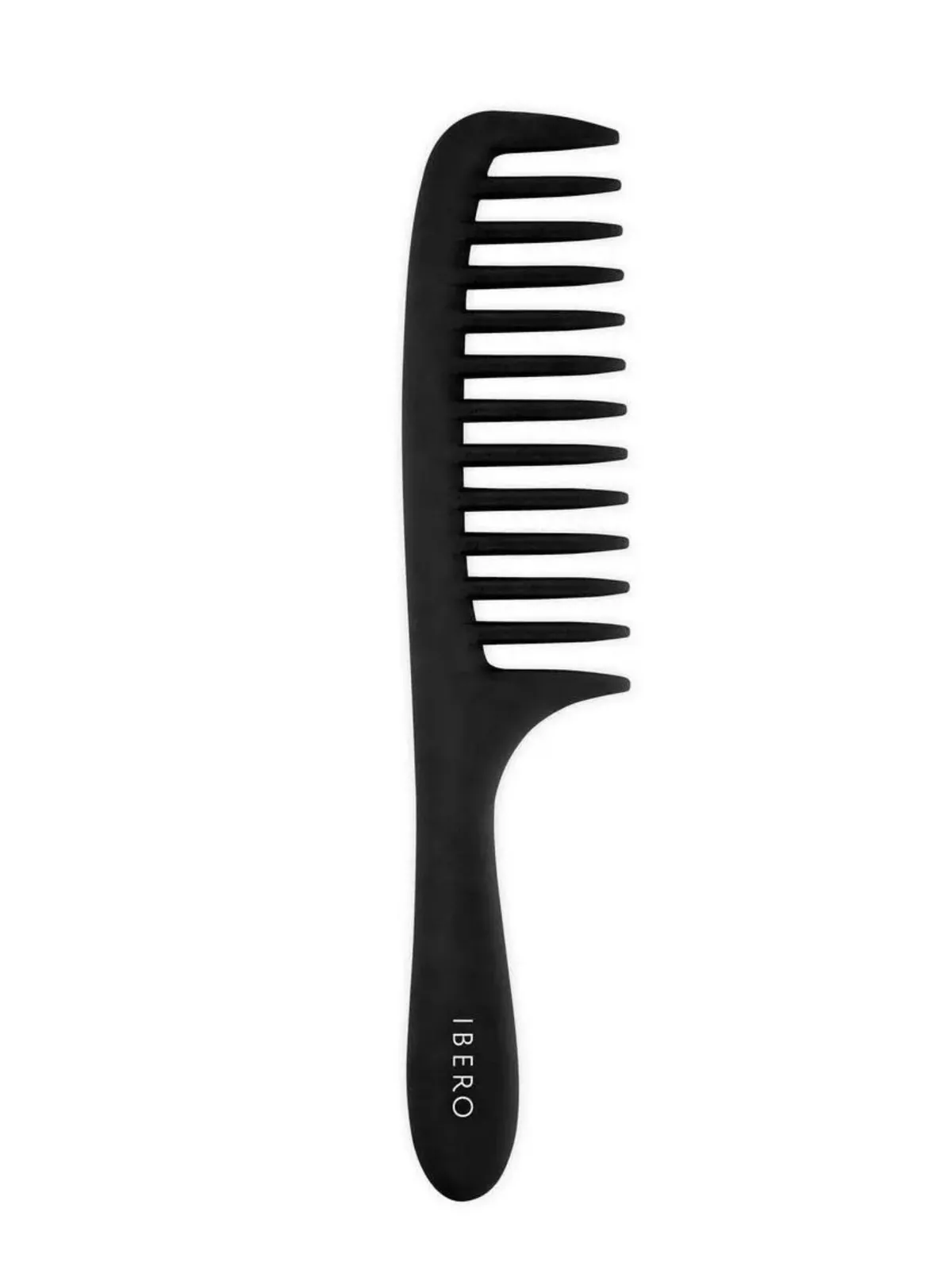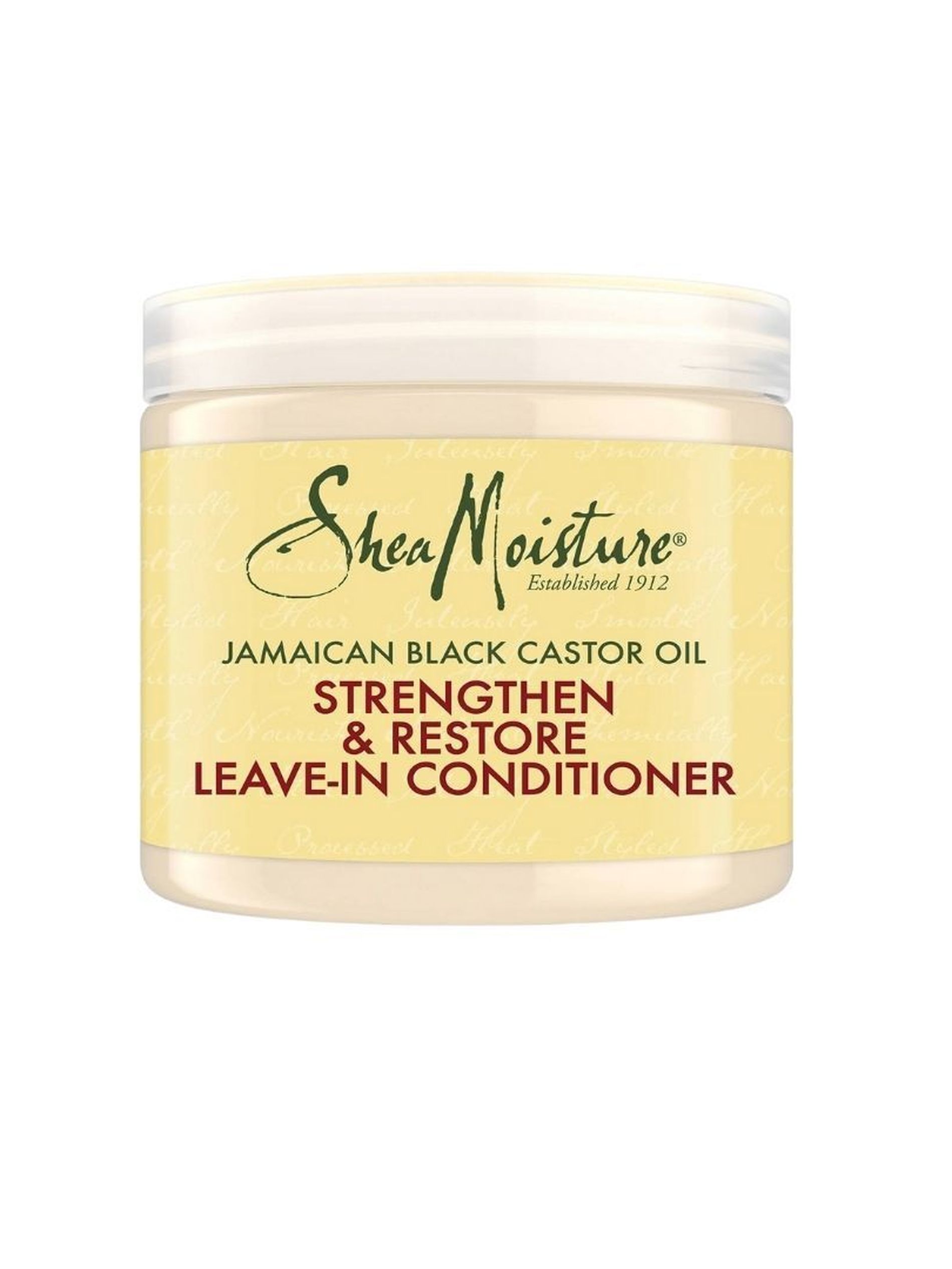Air dry vs. blow dry, that is the question… there are two options when it comes to drying your hair: the au naturel route or reaching for your hairdryer. But which is better for your hair? The answer may surprise you
For some time now, the air dry (a fancy name for letting hair dry naturally at room temperature) and heatless curls have reigned supreme, leaving our hairdryers and hot tools to see less and less action. After all, experts have warned us for years about the effects of prolonged heat damage, including split ends and dry, brittle strands that break off. It makes sense: if you assault your hair with temperatures so high steam wafts off the strands, some damage is due to encure.
But in the battle between air dry vs. blow dry, which is really better for your hair? According to hairstylist Cim Mahony, who has worked with everyone from supermodel Kate Moss to HRH Queen Mary of Denmark, the argument that air-drying is a healthier option for your hair is actually a myth. “Gently blow drying with the right hairdryer on the lowest heat and speed setting until it is 90 per cent dry is better for the hair than air-drying,” says Mahony, adding that this primarily comes down to your hair’s response to being wet. It’s thought that hair can astonishingly absorb up to 30 per cent of its weight in water. This, in turn, causes it to swell and weaken while also putting pressure on the bonds that hold the hair together.
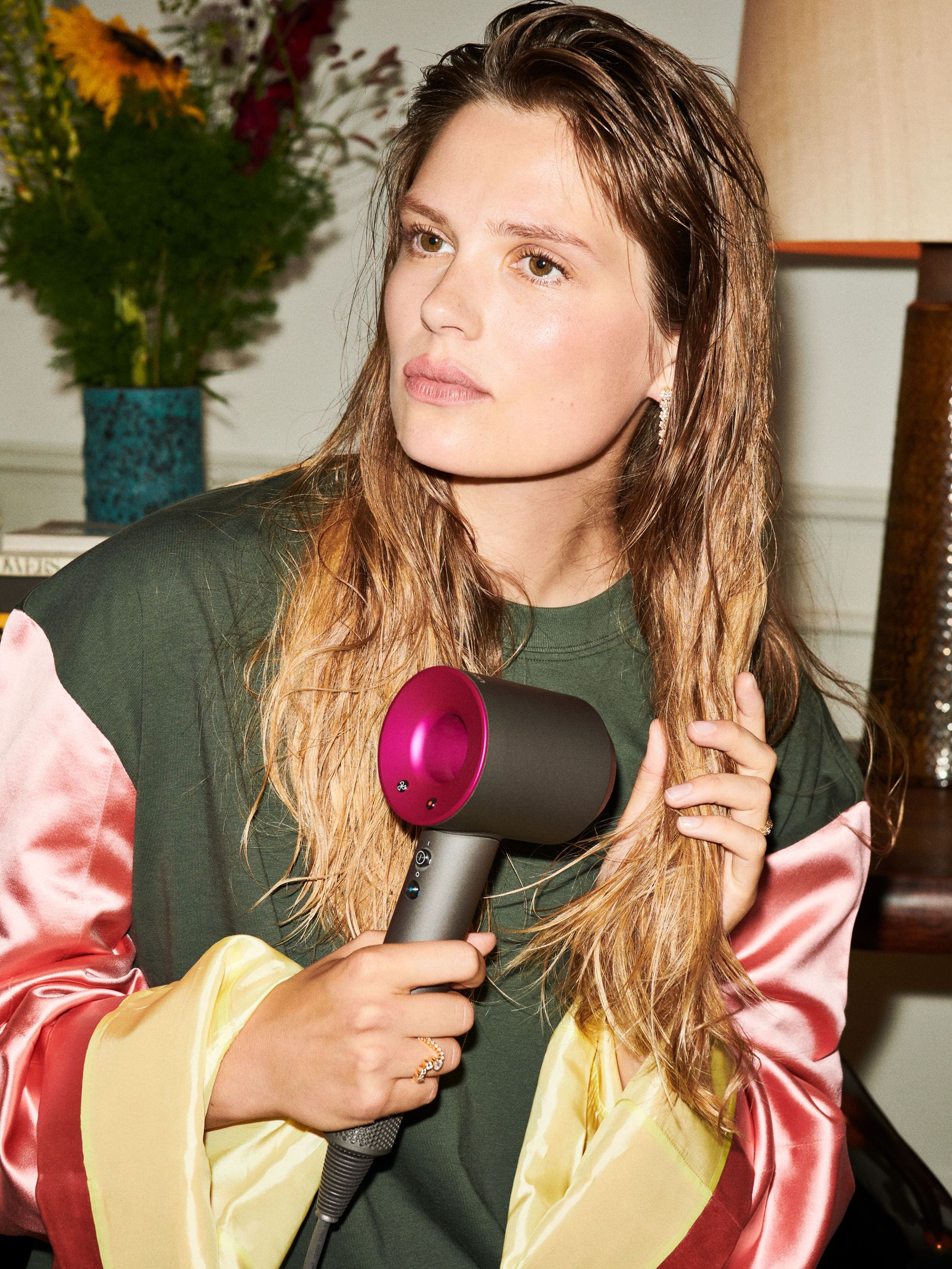
Photo: Hasse Nielsen
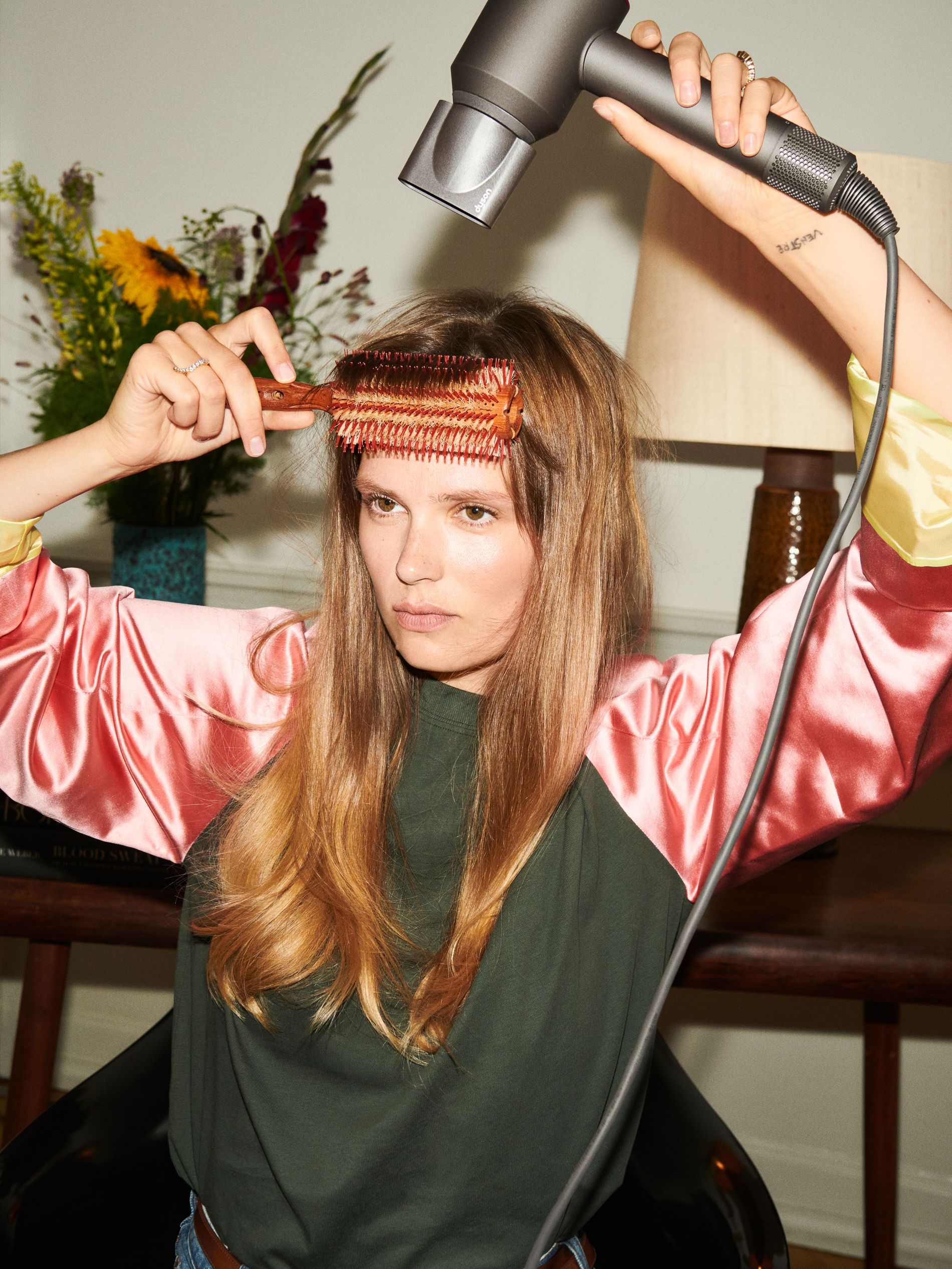
Photo: Hasse Nielsen
“A strand of hair consists of several different bonds, including hydrogen bonds that are broken when hair gets wet,” says Mahony, which is why hair can be restyled into a different shape from wet to dry. “When hair is wet, it is stretched out, the result of water putting all these bonds under pressure, even the stronger keratin bonds. Hair also loses its elasticity when wet, making it more prone to breakage or being ripped out at the root. This is why you should never have wet hair longer than necessary.”
A study at Yonsei University in Korea, which compared air drying with heat drying, corroborates this. Researchers found the hair’s cell membrane (the material that ‘glues’ hair cells together) was only damaged in the naturally dried group due to staying in contact with water for longer. They also found that using the proper technique when blow drying is better for the health of your hair.
Below, Mahony reveals his fool-proof way to prep and blow dry hair, no damage necessary.
How to blow dry your hair the safest way:
Step 1: Before showering, use a boar bristle brush (like the cult-favourite Mason Pearson number) to evenly distribute oil through your hair.
Step 2: Shampoo and then condition, using a wide tooth comb to gently distribute product and detangle.
Step 3: Towel dry hair, preferably with a microfibre towel such as Aquis Lisse Luxe Hair Turban.
Step 4: Use a hairdryer on a low setting and move it in a constant motion around the head. I’m a big fan of using the Gentle Air Attachment on the Dyson Supersonic hairdryer as the gentle airflow doesn’t disturb the cuticle while drying, making it safer for your hair. Avoid using a brush or any other tools while blow drying.
Step 5: Apply leave-in conditioner when the hair is roughly 80 per cent dry. This will ensure that your strands can absorb it without putting the bonds under unnecessary strain.
Step 6: Hair regains strength and elasticity when 90 to 95 per cent dry. At this point, you can use a round brush to lock in the hydrogen bonds and create a new shape and style.
Products to shop for the perfect blow out
Is blow drying better than air drying for frizzy hair?
Whether blow drying or air drying is better for frizzy hair depends on how each method is executed and your hair’s specific needs. Both methods can help tame frizz when done correctly, but if executed poorly, either can exacerbate it.
Blow drying is a quicker way to dry your hair and allows for simultaneous styling, but it has potential downsides for frizzy hair. Excessive or improper use of heat can damage your tresses, leading to more frizz and breakage over time. It’s crucial to always use a heat protectant to mitigate this risk. And as Mahony suggests, your hairdryer should be used on a low setting, with tools like brushes best to be avoided. But when done correctly and following Mahony’s steps, blow drying can keep frizzy locks in check.
In contrast, air drying eliminates the risk of heat damage, preserving the hair’s natural moisture. However, without the smoothing effect of a blow dryer, some hair types may become frizzier. Air drying can be a low-maintenance and effective, especially when combined with the right products. Using a leave-in conditioner or anti-frizz serum on damp hair can help achieve a smoother finish. Mahony also advises applying hair oil before showering to smooth the hair cuticle and reduce frizz.
In conclusion, neither method is inherently better; it’s all about how you execute it and the products you use to support the process.
Air dry vs. blow dry: Impact on hair loss
Regarding the impact of air drying versus blow drying on hair loss, both methods have pros and cons, largely dependent on how they are executed and individual hair types. Air drying removes the risk of heat damage, preserving the hair’s natural moisture and reducing brittleness. However, it can increase frizz and tangles in some hair types, potentially causing breakage if not managed gently. Blow drying, while faster and allowing for better styling control, can cause significant heat damage if not done correctly. This can weaken hair and lead to breakage and hair loss over time.
Proper techniques and products are essential to minimise hair loss with either method. For air drying, gently squeezing out excess water with a microfibre towel and using leave-in conditioners can help manage frizz. For blow drying, using a heat protectant, keeping the dryer on a low setting, and finishing with cool air can reduce the risk of damage, as it closes the hair cuticle and locks in moisture. Ultimately, the best method depends on your hair type and the care taken during the process.
What's the healthiest way to dry curly hair?
To dry curly hair in the healthiest way, focus on gentle techniques that minimise damage and refine natural curl patterns. Use a microfibre towel or a soft cotton t-shirt to gently squeeze out excess water, as traditional towels can cause frizz and breakage. Follow up with a leave-in conditioner to maintain hydration and definition. Consider also using the plopping method, where you wrap your hair in a microfibre towel or t-shirt for 15-45 minutes to enhance your curls.
Air drying is ideal for maintaining moisture and reducing frizz, but if you need to dry your hair quickly, use the diffuser attachment on your hair dryer set to low or medium heat. This helps to distribute heat evenly and reduce frizz. Once dry, scrunch your curls with a small amount of oil or curl cream to soften them. Make sure to also swap your pillowcase for a satin or silk one to protect your curls overnight and reduce friction. Combined with regular trims and deep conditioning treatments, these methods keep your curls healthy, defined, and frizz-free.

